Indoor cats, with their luxurious lives cushioned by warmth and safety, seem to have it all. However, they are not immune to the stresses of modern living. Behavioral burnout in cats is akin to what humans experience when they feel overwhelmed and exhausted. Understanding and identifying the signs of this condition can help you ensure your feline friend remains healthy and content. Let’s explore the nuances of this subtle yet significant issue.
Understanding Behavioral Burnout in Cats
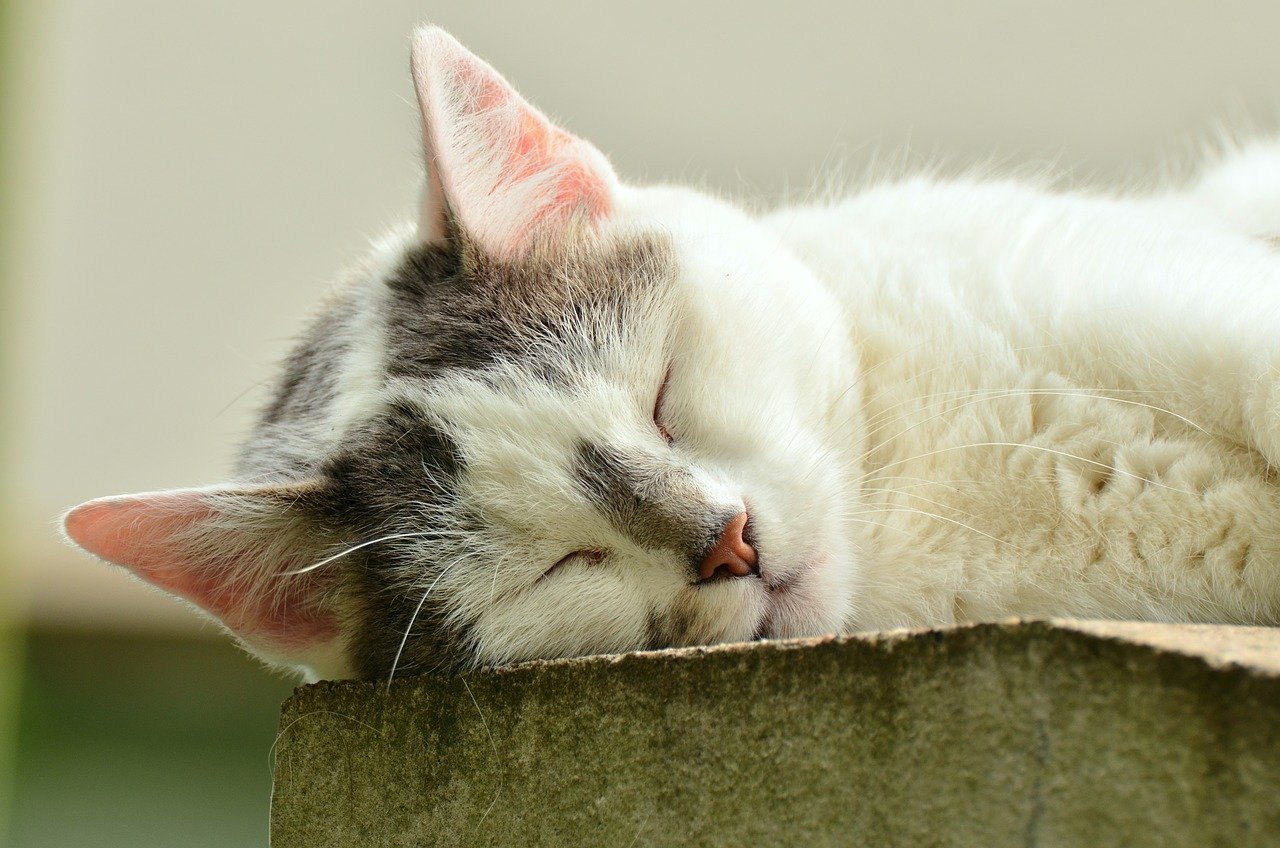
Behavioral burnout in cats is a state of emotional and physical exhaustion caused by prolonged stress or lack of stimulation. Just like humans, cats have their own emotional thresholds. When these thresholds are constantly challenged, it can lead to burnout. It is important to recognize that while cats may not verbally express their feelings, their behavior speaks volumes. Observing changes in their routine, demeanor, and habits can provide clues about their mental state.
Changes in Eating Habits
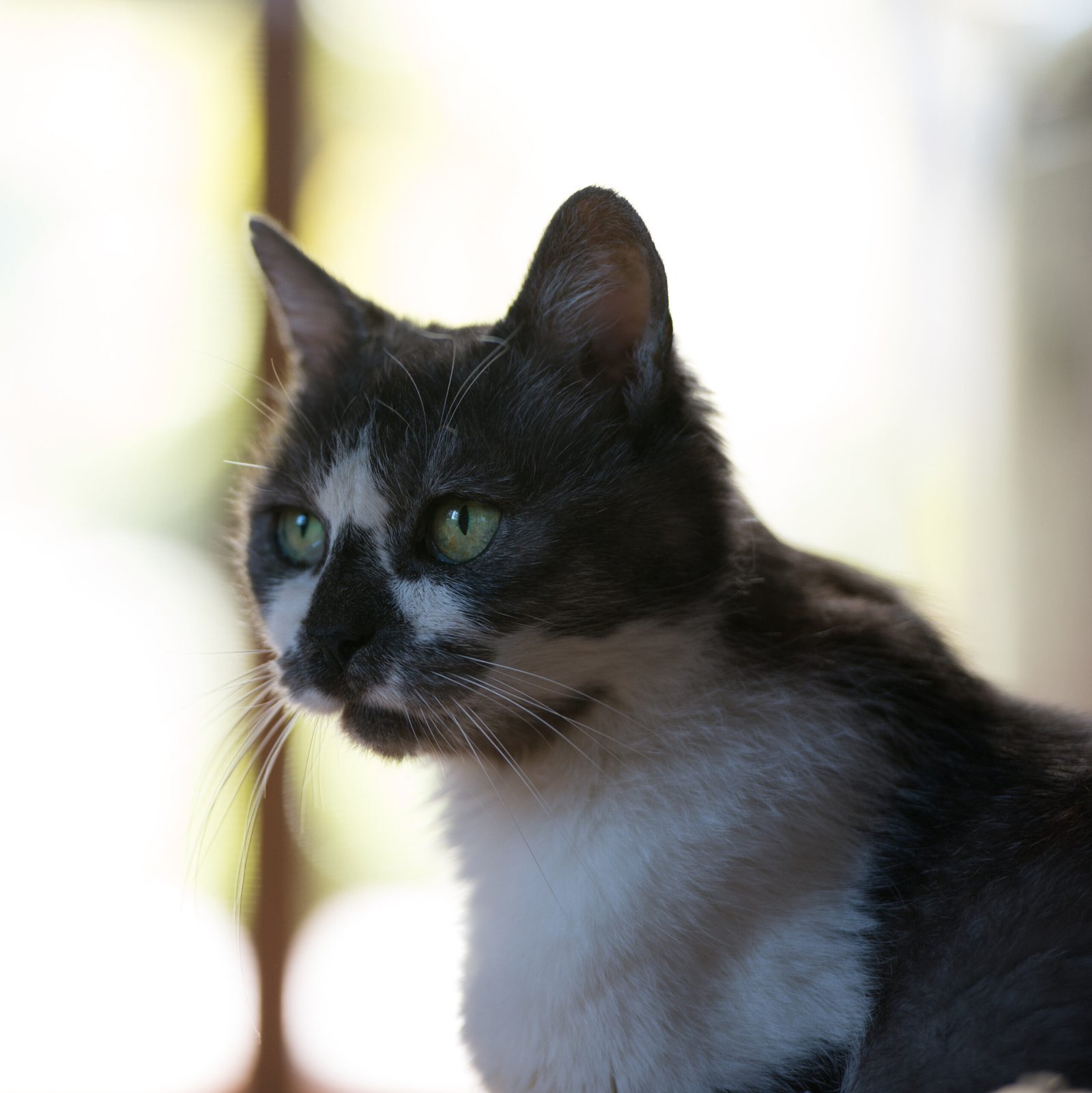
One of the first indicators of burnout in cats is a noticeable change in their eating habits. A cat that suddenly stops eating or, conversely, eats excessively might be experiencing stress. Food is often a source of comfort, and changes in appetite can reflect emotional distress. Just like when humans stress-eat or lose their appetite, cats do the same. Observing these shifts is crucial to identifying potential burnout.
Altered Sleeping Patterns
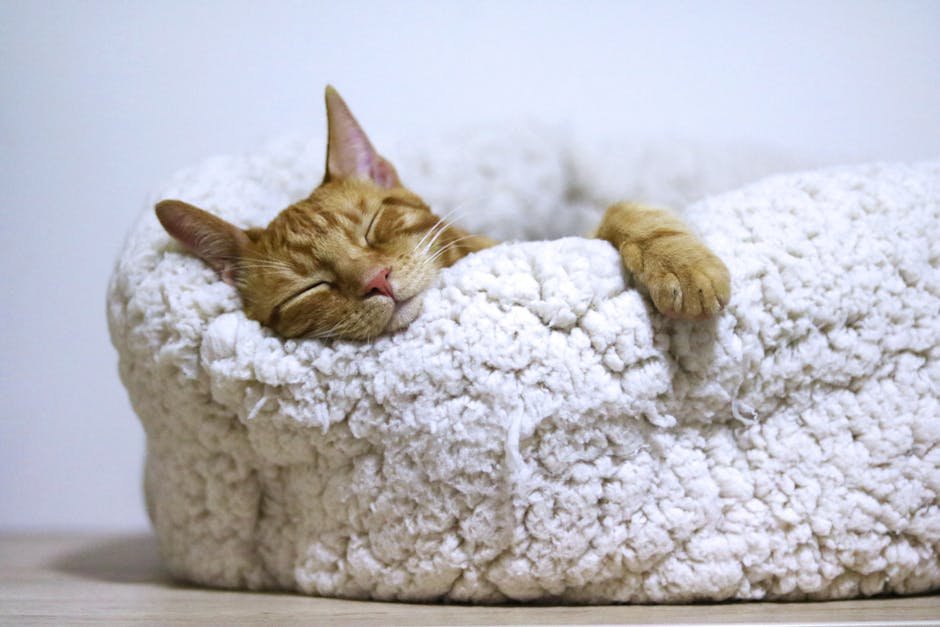
Cats are known for their love of sleep, often clocking in up to 16 hours a day. However, if your cat is sleeping more than usual or seems restless and unable to settle, it might be a sign of burnout. Sleep is a way for cats to recharge, and disruptions can indicate that something is amiss. Pay attention to changes in their sleeping spots or the times they choose to nap, as this can provide further insights.
Increased Aggression
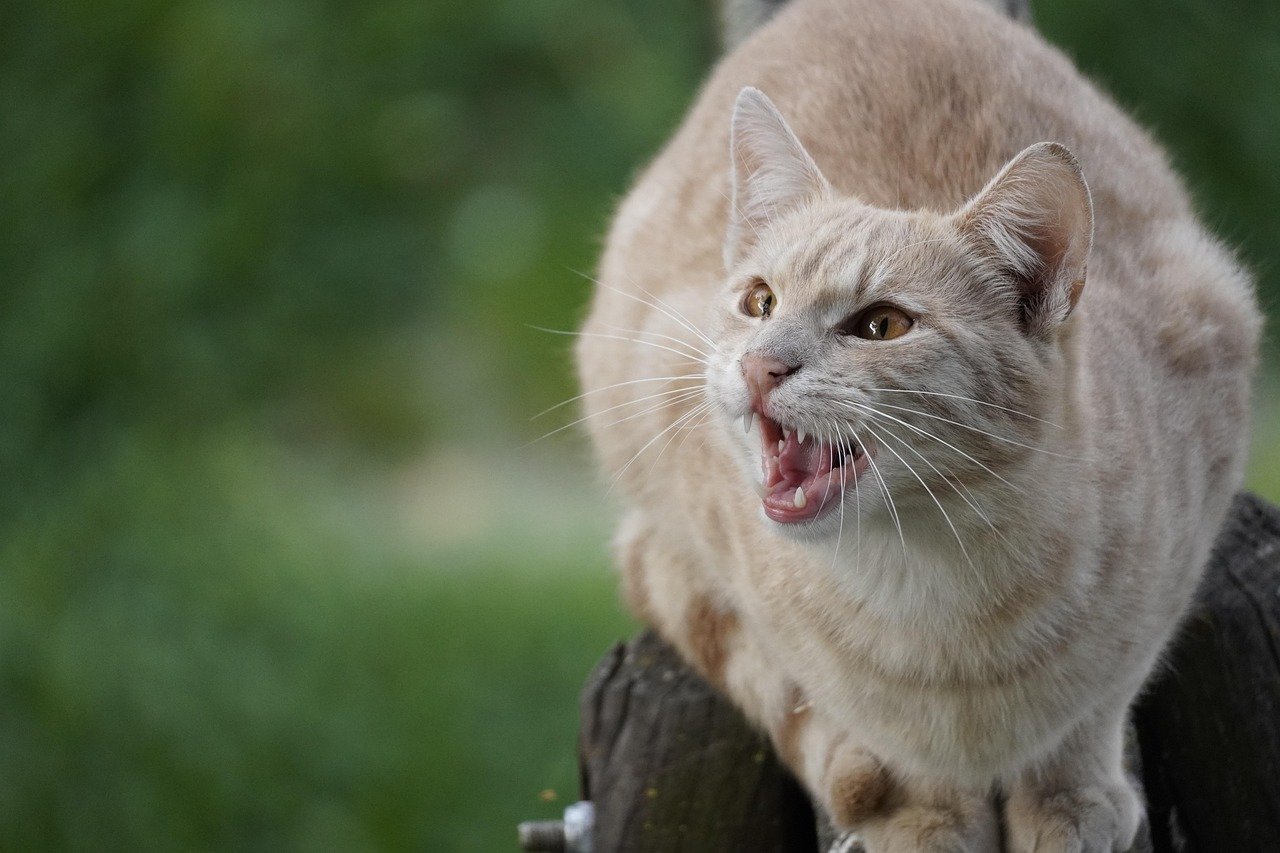
Aggression in cats, whether directed towards humans or other pets, can be a symptom of burnout. A normally gentle cat that suddenly hisses, bites, or scratches might be trying to communicate its stress. This behavior can be a defense mechanism, as the cat feels overwhelmed and resorts to aggression to protect itself. Understanding these signals is vital in addressing the root cause of the problem.
Withdrawal and Hiding
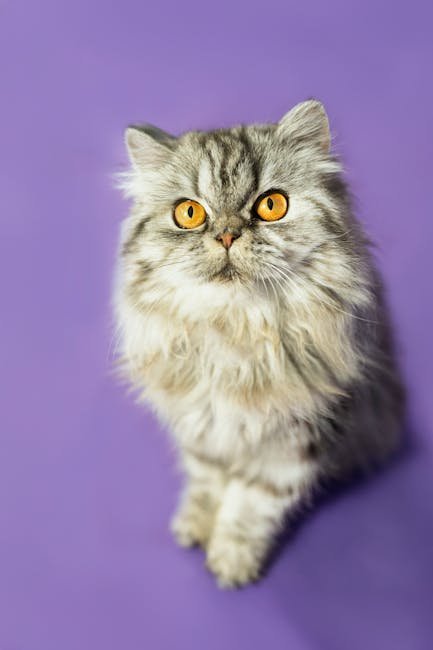
If your social butterfly of a cat suddenly becomes a recluse, choosing to hide away rather than engage with family members, it might be experiencing burnout. Withdrawal is a classic sign of stress, where the cat seeks solitude as a way to cope. This behavior is similar to how humans might isolate themselves when feeling overwhelmed. Recognizing this change is essential to providing the support your cat needs.
Excessive Grooming
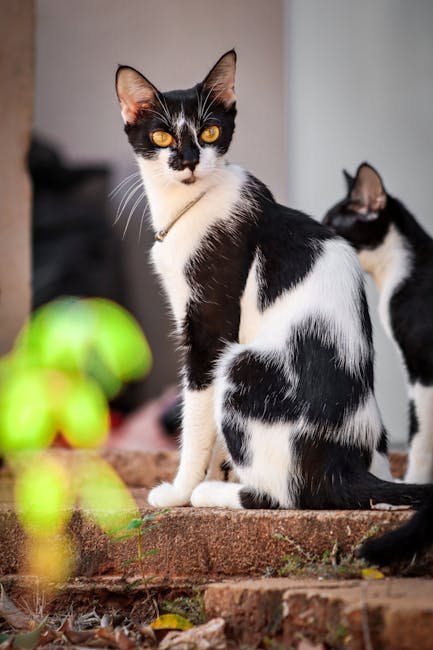
Cats are naturally clean creatures, but excessive grooming can be a sign of stress. If your cat is grooming itself to the point of developing bald patches or irritated skin, it might be experiencing burnout. This behavior often serves as a coping mechanism, providing temporary relief from anxiety. Monitoring grooming habits can help you determine if your cat is struggling with its mental health.
Lack of Interest in Play
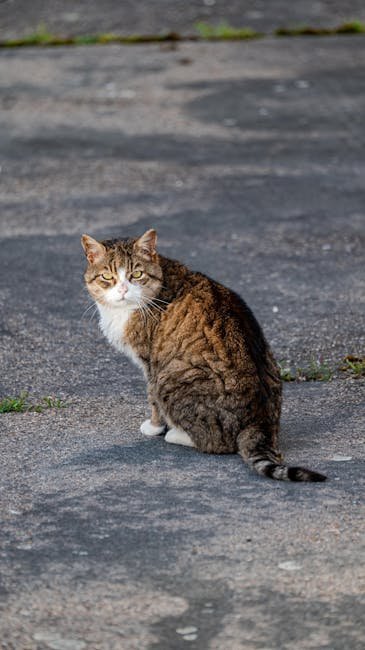
A cat that loses interest in playtime might be experiencing burnout. Play is a crucial aspect of a cat’s life, providing mental stimulation and physical exercise. If your cat no longer responds to its favorite toys or seems disinterested in interactive games, it might be a sign of stress. Encouraging play and finding new ways to engage your cat can help alleviate some of the pressure.
Vocalization Changes
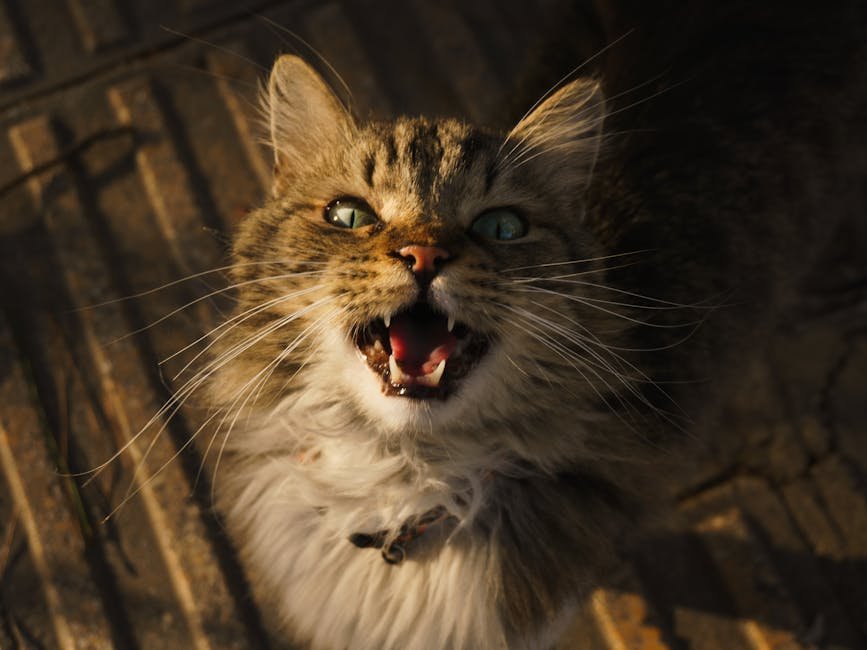
Cats communicate through a variety of sounds, from purring to meowing. Changes in their vocalization patterns, such as increased meowing or unusual sounds, can indicate stress. A cat that suddenly becomes more vocal might be trying to express its discomfort. Listening to these changes can help you understand your cat’s emotional state and take appropriate action.
Overeating or Undereating
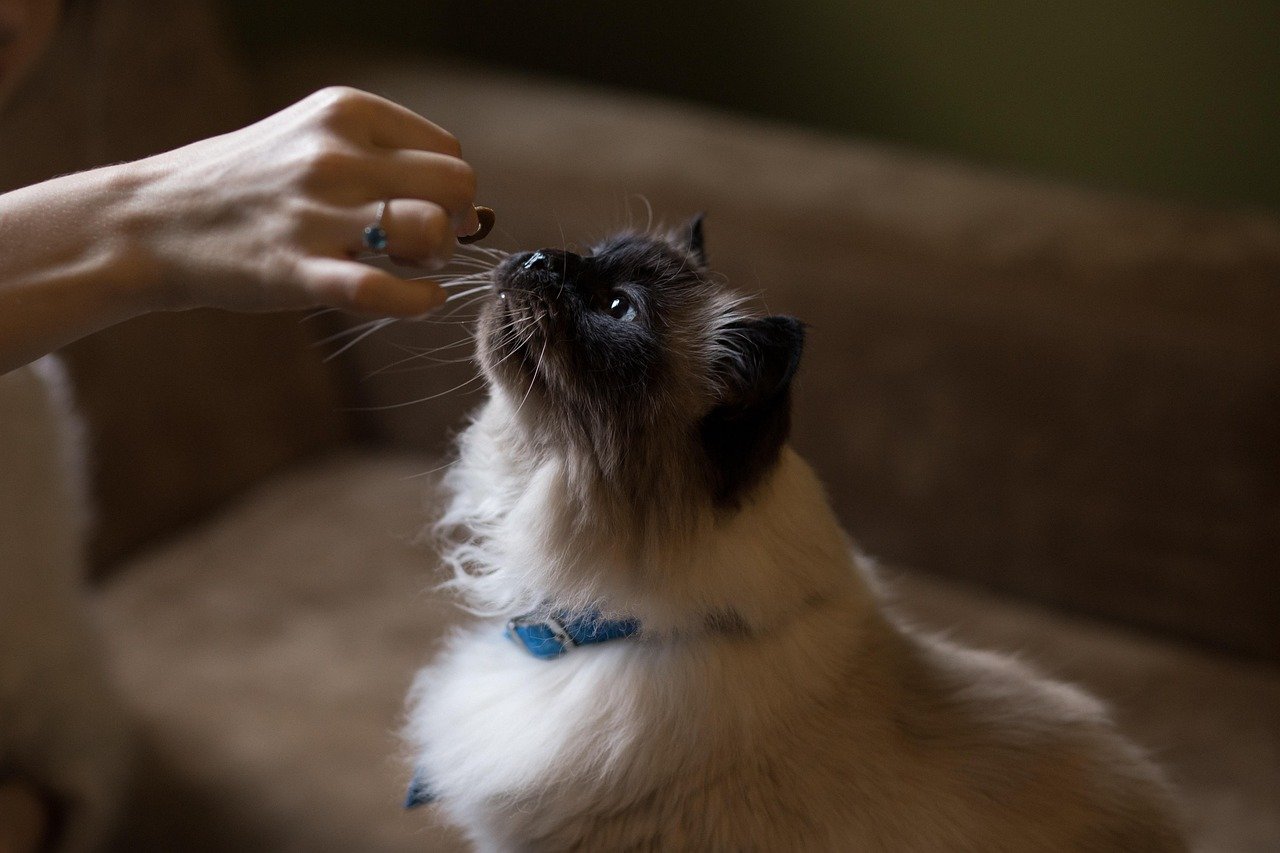
Similar to changes in eating habits, overeating or undereating can be a sign of burnout. A cat that suddenly gains or loses weight might be using food as a coping mechanism. Observing these changes can help you identify potential stressors and address them before they escalate. Providing a balanced diet and monitoring your cat’s weight is essential to maintaining its well-being.
Frequent Litter Box Issues
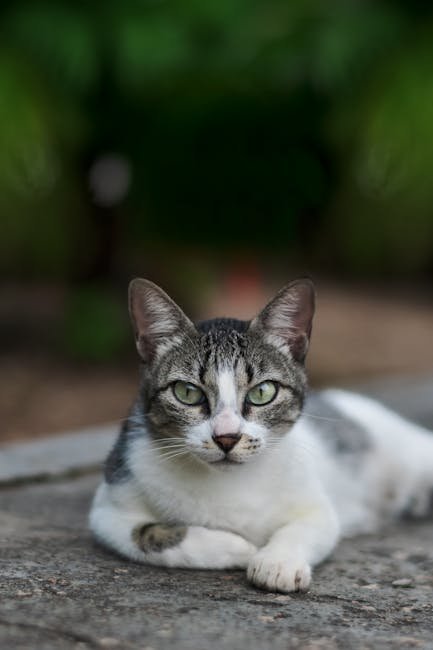
Litter box issues, such as urinating outside the box or changes in bowel movements, can signal stress. A cat that associates the litter box with stress might avoid it altogether. This behavior can indicate a deeper issue, such as burnout, and requires immediate attention. Ensuring a clean and comfortable litter box environment can help alleviate some of the stress.
Restlessness and Pacing
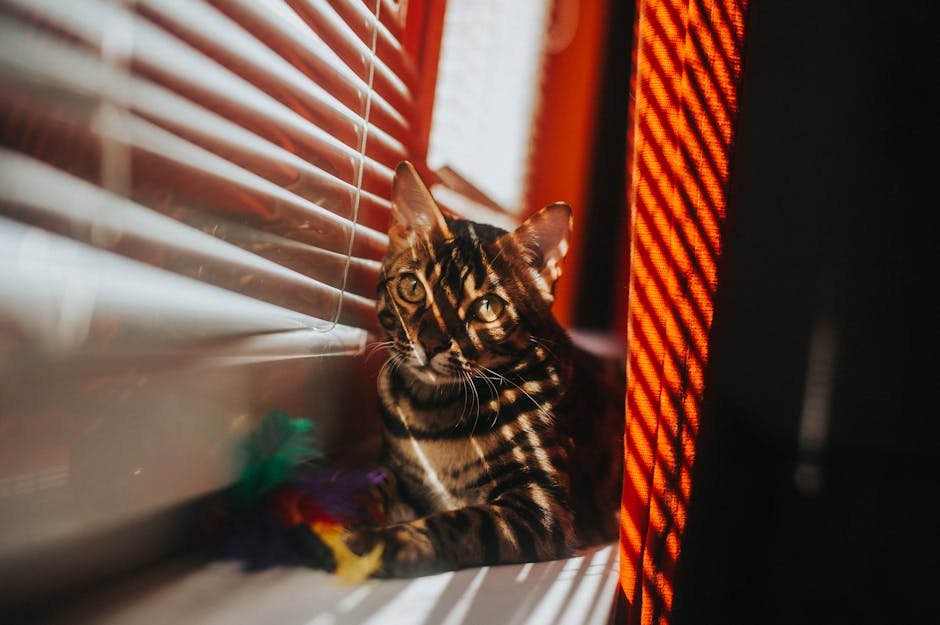
Restlessness and pacing are signs that your cat might be experiencing burnout. A cat that constantly moves around without settling might be feeling anxious or stressed. This behavior is similar to how humans might pace when they are worried. Observing these patterns can help you identify potential stressors and find ways to calm your cat.
Unusual Vocalizations
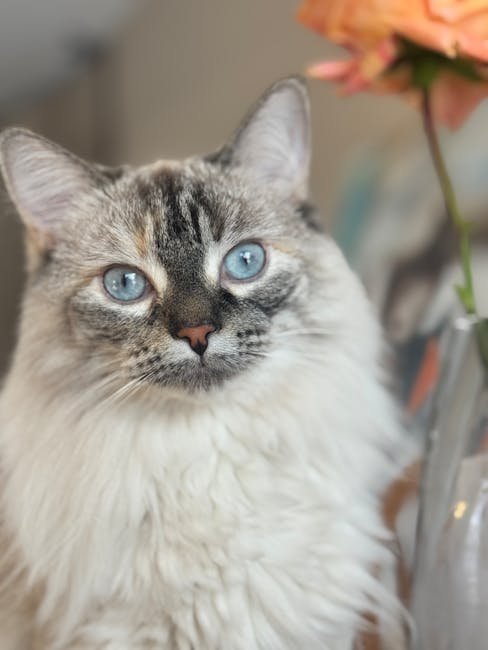
Unusual vocalizations, such as growling or howling, can be a sign of stress in cats. These sounds might indicate that your cat is feeling overwhelmed and is trying to communicate its distress. Paying attention to these vocal cues can help you understand your cat’s emotional state and provide the necessary support.
Destructive Behavior
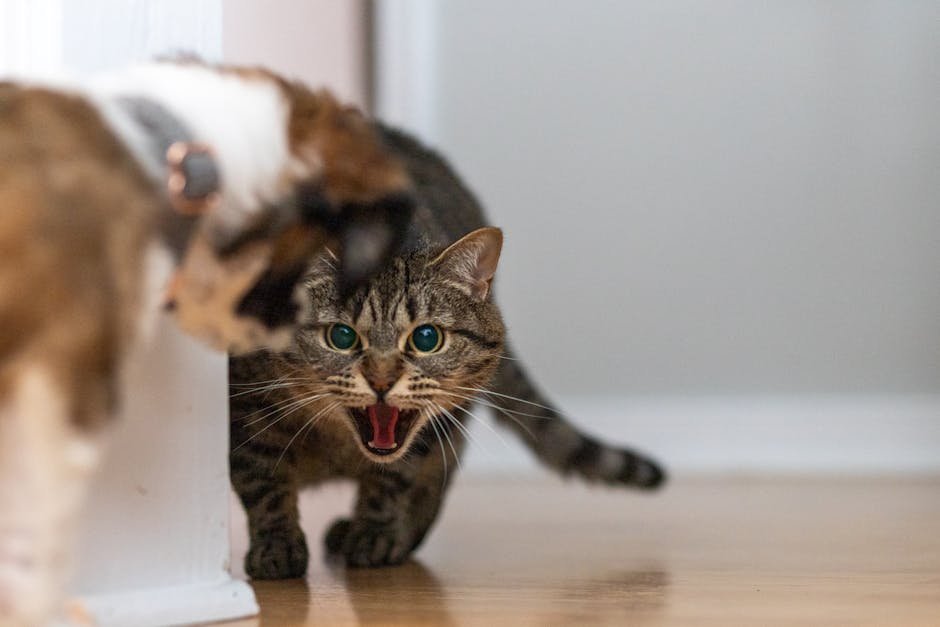
Destructive behavior, such as scratching furniture or knocking objects over, can be a sign of burnout in cats. A cat that engages in destructive activities might be trying to release pent-up energy or express frustration. Providing appropriate outlets for this behavior, such as scratching posts or interactive toys, can help alleviate some of the stress.
Increased Sensitivity to Noise
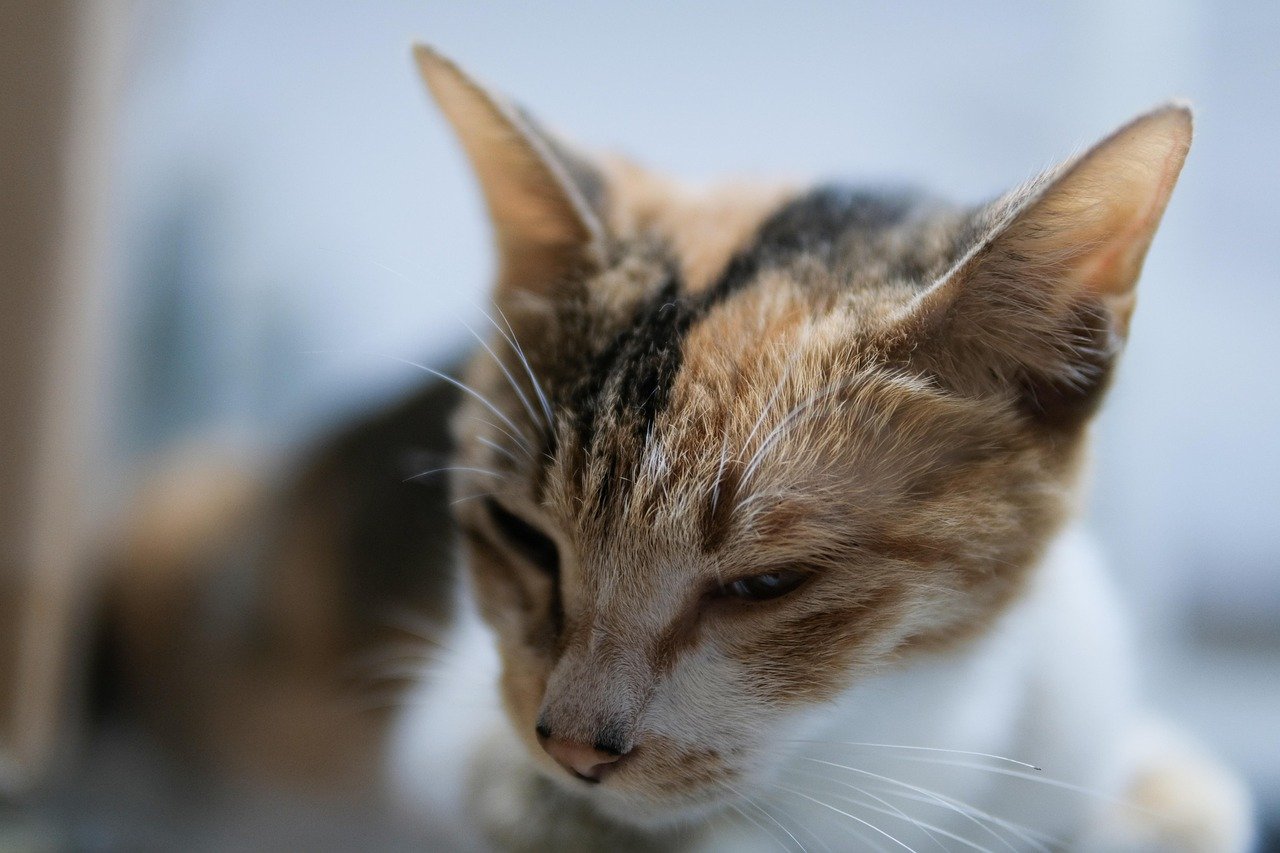
A cat that becomes more sensitive to noise might be experiencing burnout. Loud sounds or sudden noises can trigger stress in cats, leading to heightened anxiety. Observing your cat’s reactions to noise can help you identify potential stressors and create a more calming environment.
Changes in Grooming Habits
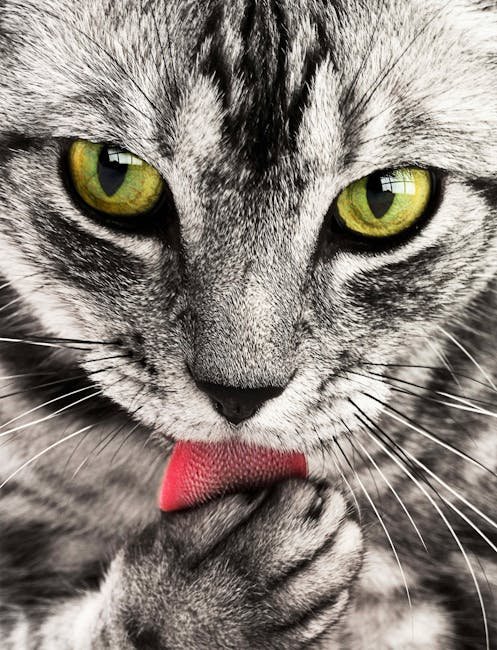
Changes in grooming habits, such as neglecting grooming altogether, can be a sign of stress in cats. A cat that stops grooming itself might be feeling overwhelmed or anxious. Ensuring a clean and comfortable environment can help encourage grooming and alleviate some of the stress.
Hyperactivity
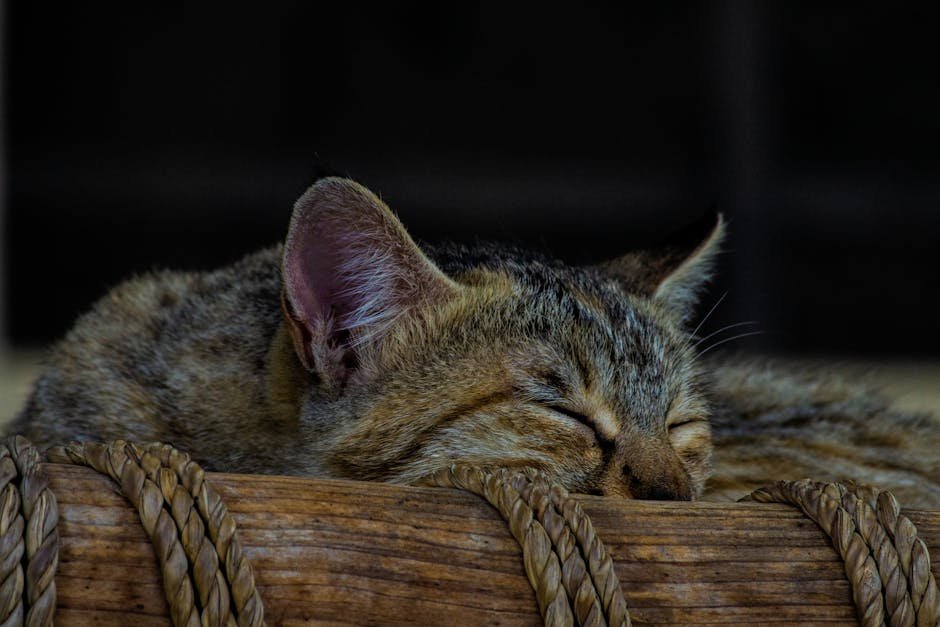
Hyperactivity in cats, such as running around the house or displaying excessive energy, can be a sign of burnout. A cat that suddenly becomes hyperactive might be trying to cope with stress or anxiety. Providing appropriate outlets for this energy, such as toys or playtime, can help alleviate some of the stress.
Overgrooming
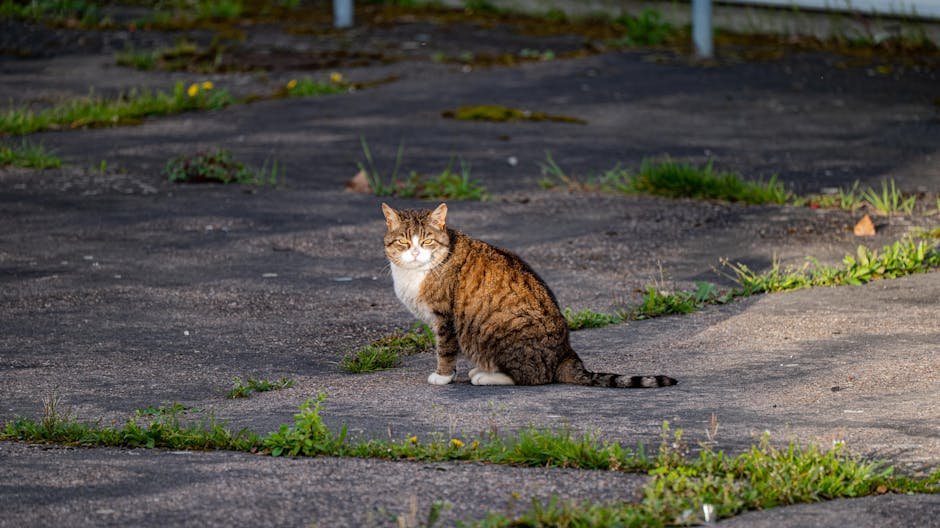
Overgrooming, or grooming to the point of bald patches, can be a sign of stress in cats. A cat that engages in overgrooming might be trying to cope with anxiety or stress. Monitoring grooming habits and providing appropriate outlets for stress can help alleviate some of the pressure.
Changes in Body Language
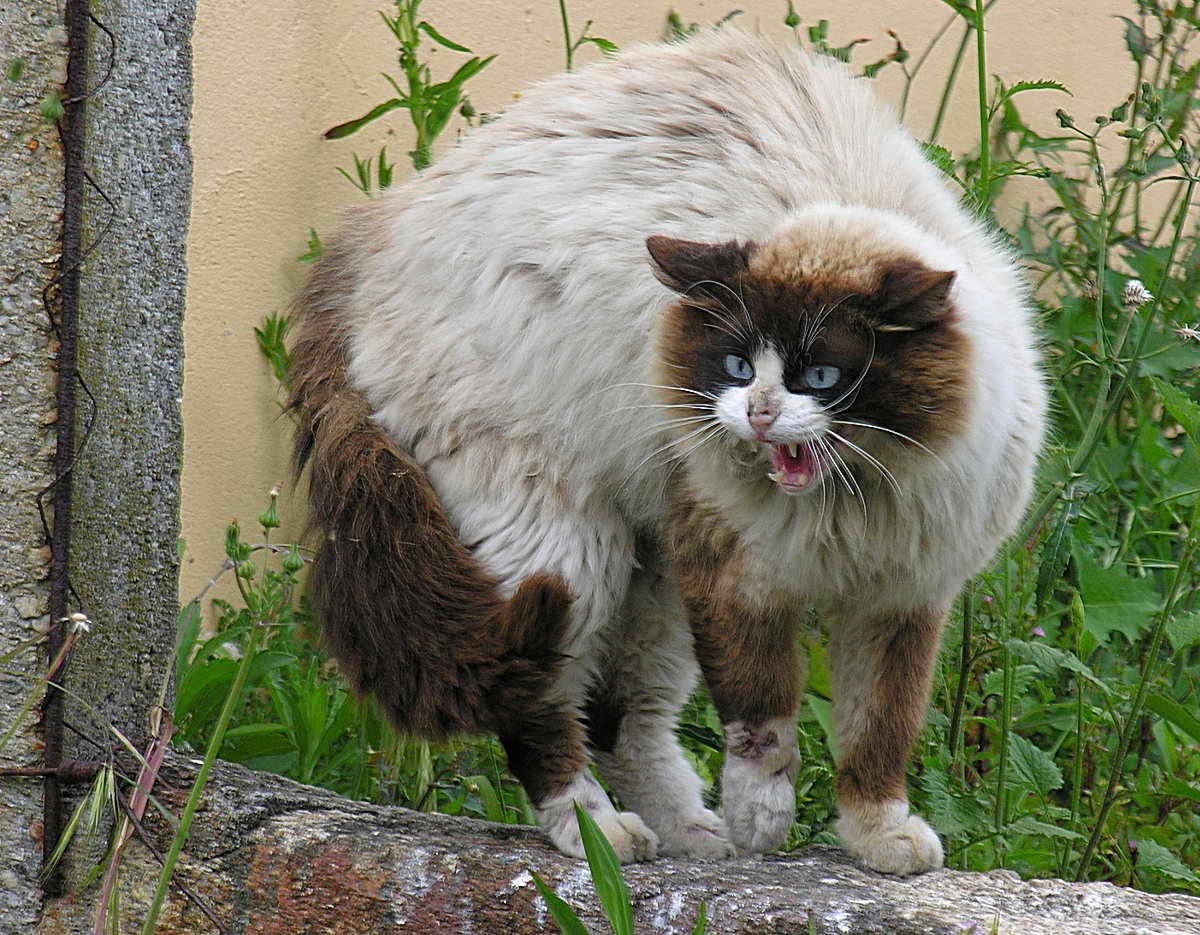
Changes in body language, such as hiding or avoiding eye contact, can be a sign of stress in cats. A cat that displays these behaviors might be feeling overwhelmed or anxious. Observing body language can help you identify potential stressors and provide appropriate support.
Loss of Interest in Social Interaction
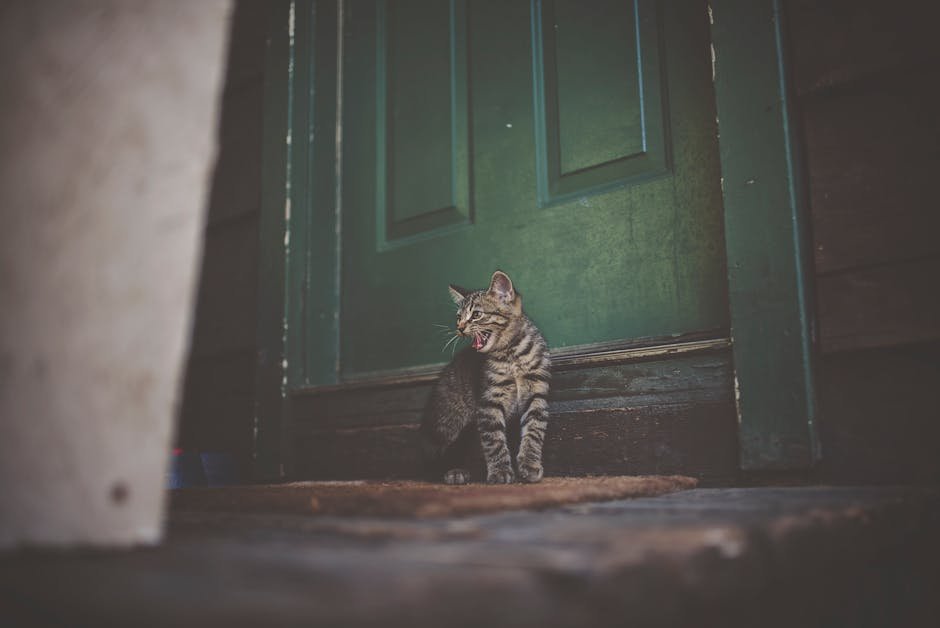
A cat that loses interest in social interaction might be experiencing burnout. Social interaction is an essential aspect of a cat’s life, providing mental stimulation and emotional support. Encouraging social interaction and finding new ways to engage your cat can help alleviate some of the pressure.
Conclusion
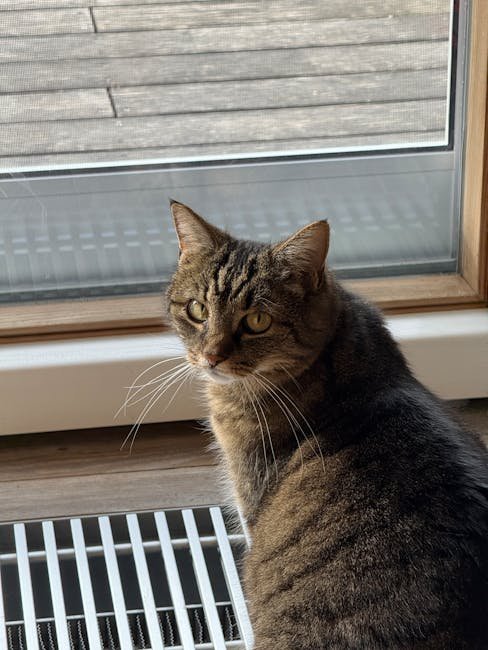
Spotting behavioral burnout in indoor cats requires a keen eye and attentive observation. By understanding and recognizing the subtle signs of stress, you can take proactive steps to support your feline friend. Remember, every cat is unique, and what works for one might not work for another. Providing a loving, nurturing environment and paying attention to their needs can help ensure your cat remains happy and healthy.
Hi, I’m Bola, a passionate writer and creative strategist with a knack for crafting compelling content that educates, inspires, and connects. Over the years, I’ve honed my skills across various writing fields, including content creation, copywriting, online course development, and video scriptwriting.
When I’m not at my desk, you’ll find me exploring new ideas, reading books, or brainstorming creative ways to solve challenges. I believe that words have the power to transform, and I’m here to help you leverage that power for success.
Thanks for stopping by, Keep coming to this website to checkout new articles form me. You’d always love it!






